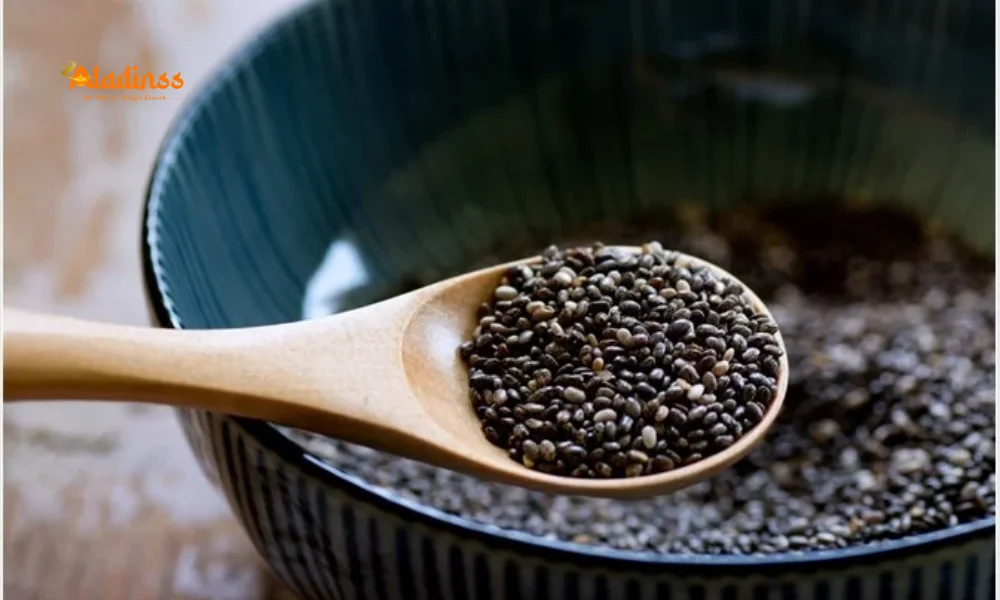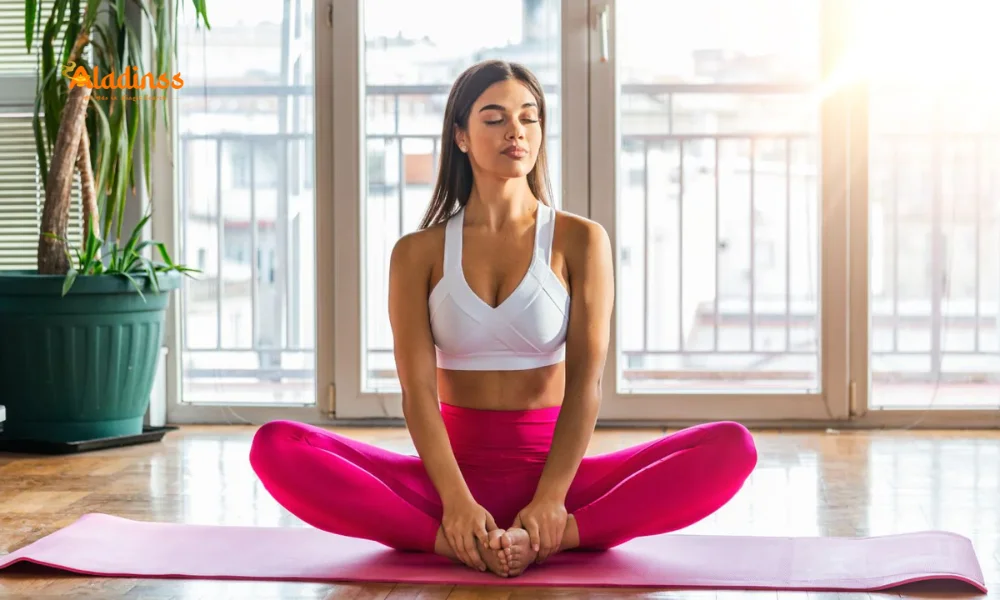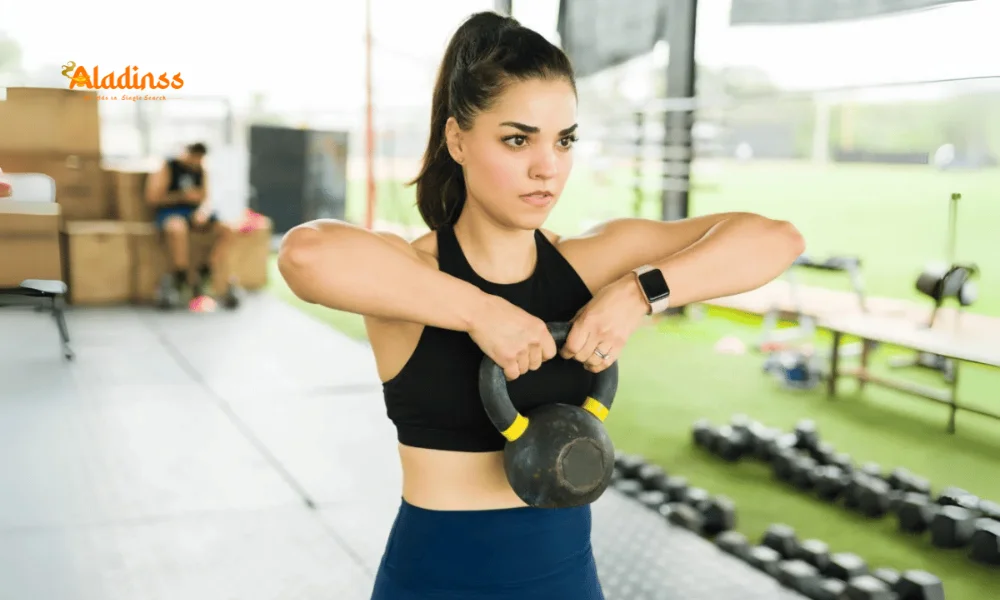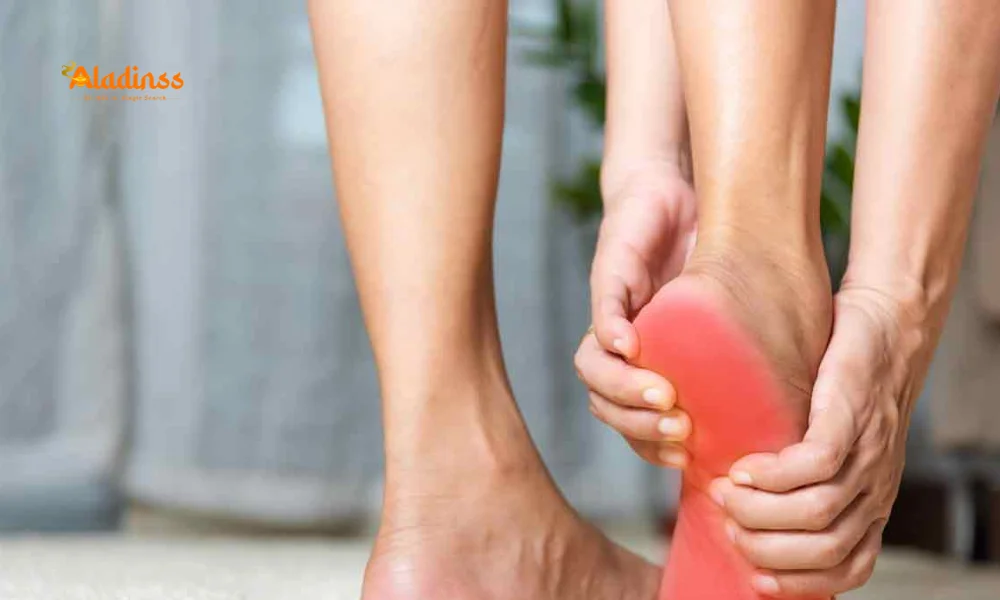5 Easy Yoga Poses for Beginners to Boost Flexibility in 2025
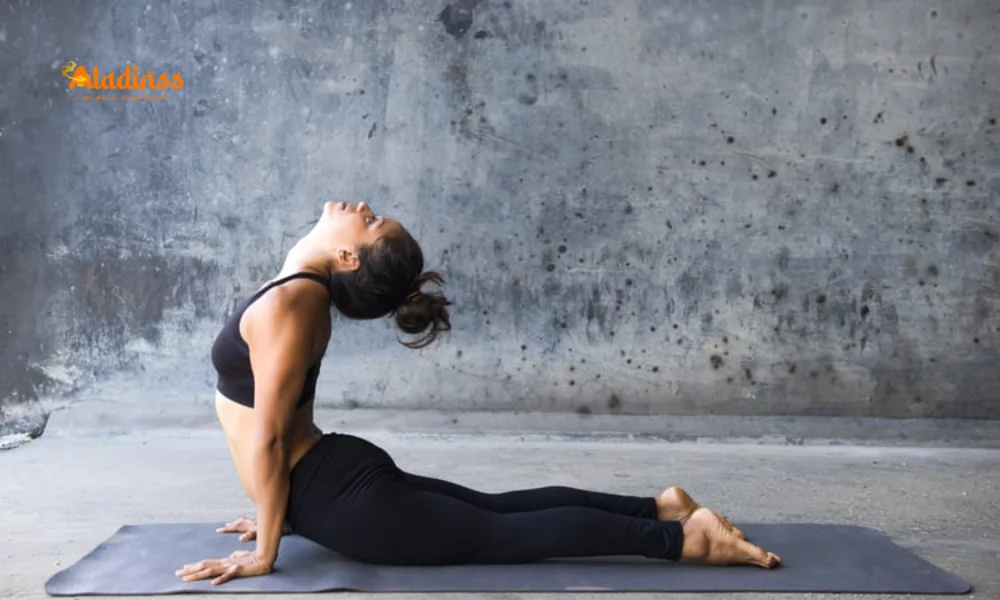
5 Easy Yoga Poses for Beginners to Boost Flexibility in 2025
Yoga is often misunderstood as requiring extreme flexibility or advanced athletic ability, but the truth is far simpler: anyone can start yoga, regardless of how stiff or inexperienced they feel. As of September 2025, the rise in Google searches for "beginner yoga poses" and trending hashtags like #YogaForAll on X reflect a growing interest in accessible wellness practices. These five easy yoga poses are designed for beginners or those who feel they lack flexibility, offering a gentle way to build strength, improve balance, and enhance mental well-being. Whether you're combating sedentary habits, stress, or simply want to move better, this routine is your entry point to a healthier, more confident you. Each pose is beginner-friendly, requires no prior experience, and can be done at home with minimal equipment, making yoga an inclusive practice for all.
Why Yoga is Perfect for Beginners in 2025
The beauty of yoga lies in its adaptability, making it ideal for those who think they’re “not flexible enough.” Recent studies, like those cited in Healthline’s 2025 wellness updates, show yoga improves flexibility, reduces stress, and enhances mental clarity, even for beginners starting with just 10 minutes daily. Unlike high-intensity workouts, yoga focuses on mindful movement, helping you connect with your body while gradually increasing mobility. X posts from yoga instructors like @MindfulMover emphasize starting small: “You don’t need to touch your toes to do yoga—just show up.” With global fitness trends leaning toward low-impact exercises, these poses align perfectly with the latest developments in holistic health, offering benefits from better posture to reduced anxiety. This routine is designed to be approachable, requiring only a comfortable space and a willingness to try.
Each pose below targets specific areas—balance, leg strength, back health, spinal mobility, and core stability—while keeping movements simple and safe. Beginners can expect to feel stronger and more limber within weeks, especially when practicing 3–4 times weekly. Pairing these poses with deep breathing enhances their impact, promoting relaxation and focus in today’s fast-paced world.
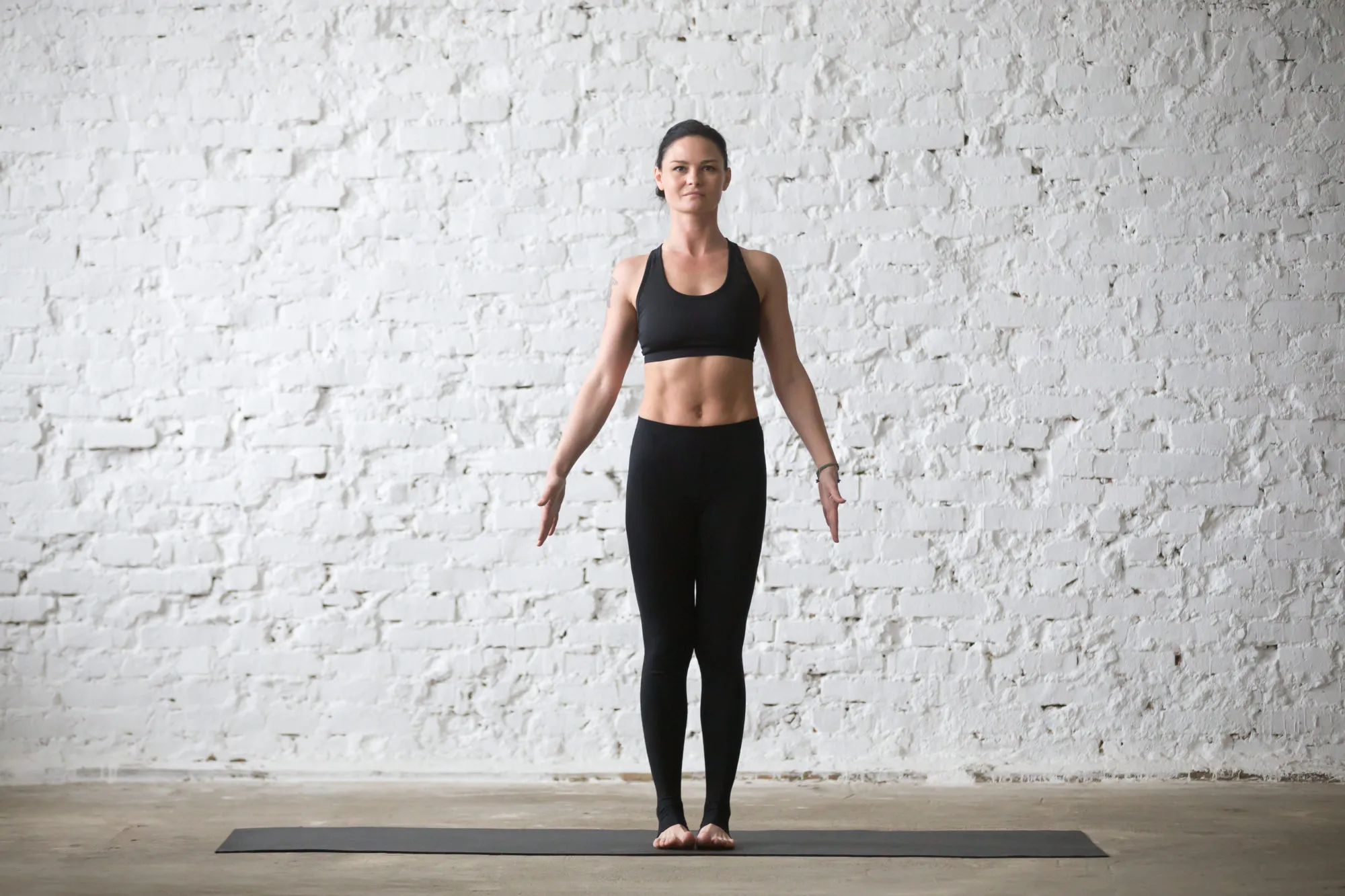
1. Tadasana (Mountain Pose): Your Foundation for Balance
Tadasana, or Mountain Pose, is the starting point for many yoga practices and a deceptively powerful pose for beginners. It looks like simple standing, but it’s a masterclass in body awareness, correcting posture, and building balance. According to Yoga Journal’s 2025 beginner guides, Tadasana strengthens the feet, aligns the spine, and engages the core, making it essential for those new to yoga. It’s perfect for anyone who spends long hours sitting or slouching, as it resets your alignment and prepares you for more dynamic poses.
How to Perform Tadasana:
- Stand with feet together or hip-width apart, toes pointing forward.
- Distribute weight evenly across both feet, feeling grounded.
- Engage your thighs slightly and draw your belly in gently.
- Roll shoulders back and down, arms relaxed, palms facing forward.
- Lengthen your spine upward, keep chin parallel to the floor, and breathe deeply for 30–60 seconds.
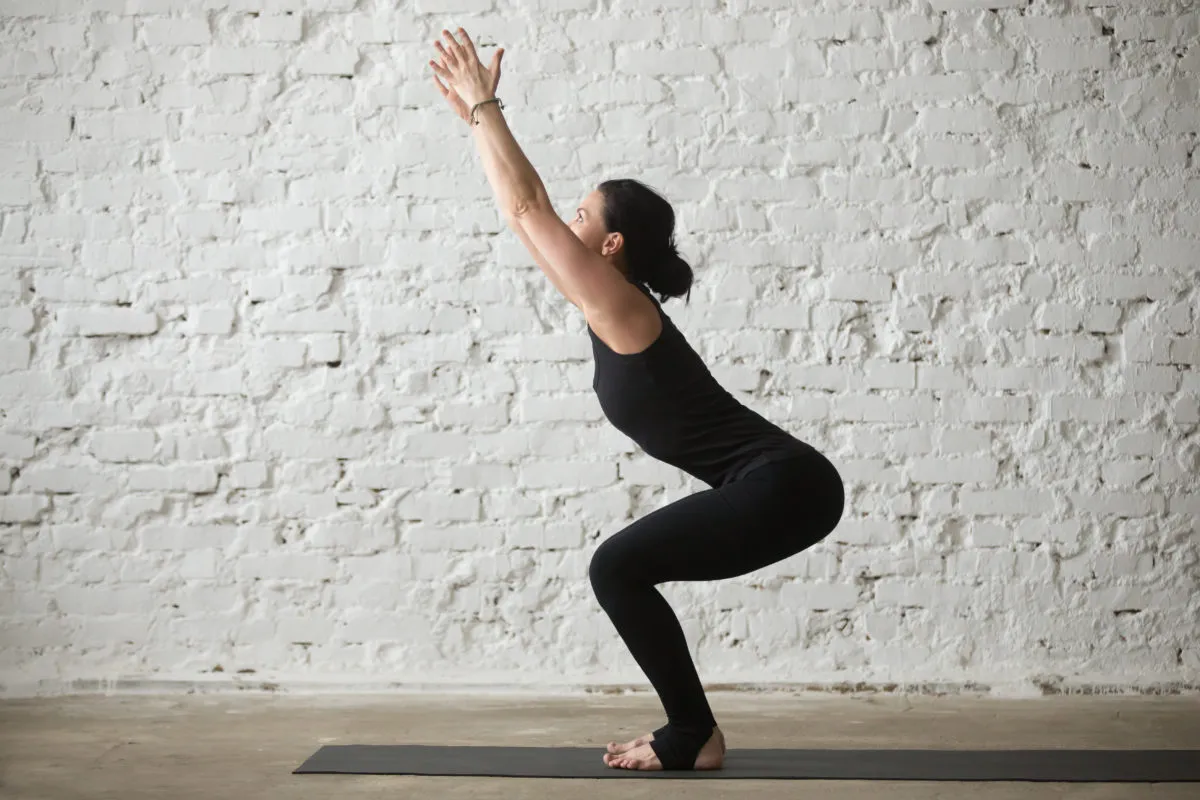
2. Utkatasana (Chair Pose): Build Leg Strength and Focus
Utkatasana, known as Chair Pose, is a beginner-friendly pose that builds strength in the legs, glutes, and core while sharpening mental focus. Recent fitness reports highlight its ability to boost circulation and energize the body, making it a favorite in 2025 yoga routines. By engaging multiple muscle groups, it enhances stability and prepares you for daily activities like climbing stairs or lifting objects, all while gently stretching the upper back and shoulders.
How to Perform Utkatasana:
- Stand tall in Tadasana, feet hip-width apart.
- Bend your knees and push hips back, mimicking sitting in a chair.
- Raise arms overhead, keeping your back straight and core engaged.
- Hold for 5–10 breaths, focusing on steady breathing.
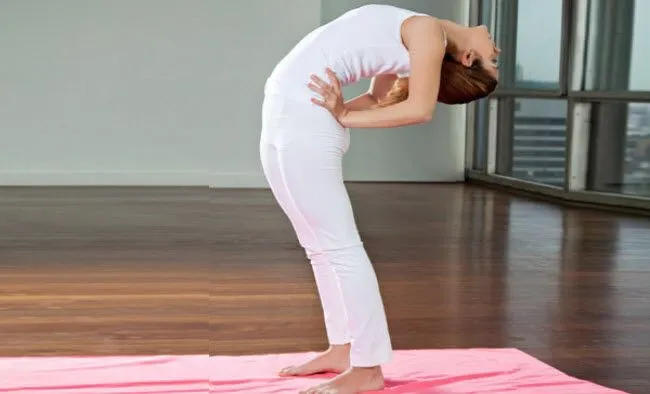
3. Ardha Chakrasana (Half Wheel Pose): Strengthen Your Back
Ardha Chakrasana, or Half Wheel Pose, is a gentle backbend that strengthens the back, shoulders, and core while opening the chest. It’s ideal for beginners who sit for long hours, as it counteracts slouching and relieves tension. Recent posts on X from wellness experts like @YogaWithGrace note its popularity for improving posture and reducing back stiffness, especially in remote workers. This pose enhances flexibility without overwhelming those new to yoga.
How to Perform Ardha Chakrasana:
- Stand with feet hip-width apart, hands on your lower back, fingers pointing down.
- Gently bend backward, lifting your chest and keeping knees straight.
- Move only as far as feels comfortable, avoiding strain.
- Hold for 5–10 breaths, then return to standing.

4. Chakravakasana (Cat-Cow Pose): Enhance Spinal Flexibility
Chakravakasana, or Cat-Cow Pose, is a dynamic flow that warms up the spine and relieves tension in the neck, shoulders, and lower back. Its gentle movements make it a staple in beginner yoga classes, as noted in 2025 fitness blogs from MindBodyGreen. Perfect for those with sedentary lifestyles, this pose improves spinal mobility and promotes relaxation, making it a great start to any yoga session.
How to Perform Chakravakasana:
- Start on hands and knees, wrists under shoulders, knees under hips.
- Inhale, drop your belly, lift chest and head, looking up (Cow Pose).
- Exhale, round your spine, tuck chin to chest, and draw belly in (Cat Pose).
- Flow between poses for 5–10 breaths, moving slowly.
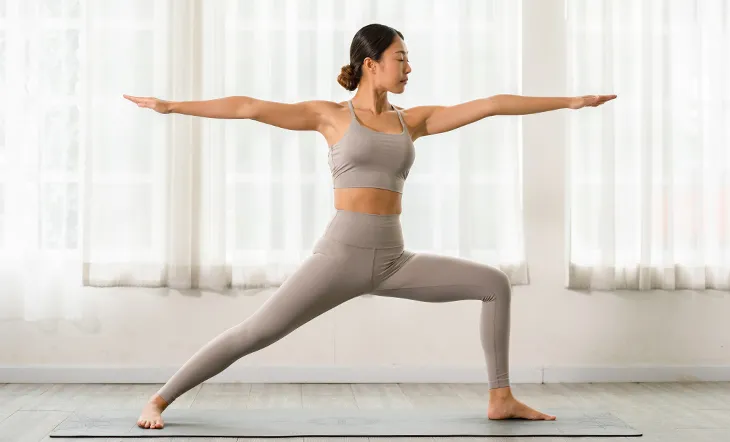
5. Veerabhadrasana (Warrior Pose): Boost Balance and Core Strength
Veerabhadrasana, or Warrior Pose, is a powerful standing pose that strengthens the legs, tones the core, and improves balance. It also stretches the hips and chest, making it ideal for beginners looking to build confidence and mobility. Recent wellness reports highlight its benefits for alleviating lower back pain and enhancing hip flexibility, especially for those new to yoga. This pose embodies strength and focus, aligning with 2025’s emphasis on mindful fitness.
How to Perform Veerabhadrasana:
- Stand tall, then step one foot back 3–4 feet, turning the back foot slightly outward.
- Bend your front knee, keeping it over the ankle, and square your hips.
- Raise arms overhead or out to the sides, keeping shoulders relaxed.
- Hold for 5–10 breaths, then switch sides.
Benefits of These Easy Yoga Poses for Beginners
These five poses offer a balanced mix of strength, flexibility, and mental clarity, making them perfect for beginners in 2025. Tadasana builds foundational awareness, Utkatasana strengthens legs and core, Ardha Chakrasana supports back health, Chakravakasana enhances spinal mobility, and Veerabhadrasana boosts balance and confidence. Together, they address common physical challenges like stiffness and poor posture while promoting relaxation. Regular practice, even 10–15 minutes daily, can lead to noticeable improvements in mobility and stress levels, as supported by recent studies in wellness journals. With the #YogaForBeginners hashtag trending on X, these poses are resonating with a global audience seeking accessible fitness solutions.
For best results, practice in a quiet space, focus on your breath, and listen to your body’s limits. Beginners should aim for 3–4 sessions weekly, gradually increasing hold times as flexibility improves. Pairing yoga with a balanced diet and adequate rest amplifies its benefits, helping you feel stronger and more centered in today’s fast-paced world.
Comment / Reply From
No comments yet. Be the first to comment!

